This profile of Robert A. W. Lowndes appeared in a 1956 newspaper.
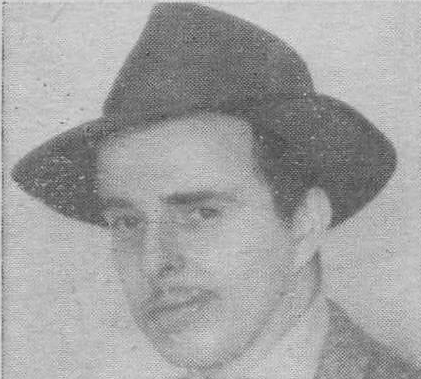
WHIRL-A-JIG
BY IRVING L. JOFFEE.
NEW YORK. Sept. 23 (NANA).—A man who has never lived west of the Hudson and has always been a law-abiding citizen is sole editor of a baker’s dozen true life Western and mystery magazines.
He is mild-mannered bespectacled Robert W Lowndes who, octopus-like, edits such action-packed ripsnorters as Double Action Detective Stories, Crack Detective and Mystery Stories, Fast-Action Detective Stories, and, among the Westerns, Action Packed Western and Double-Action Western.
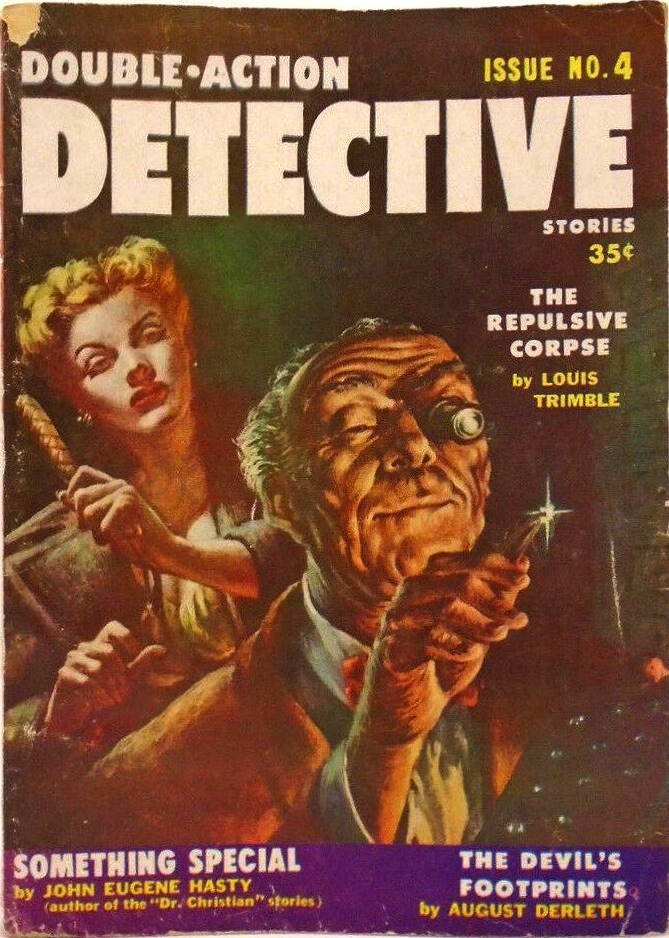
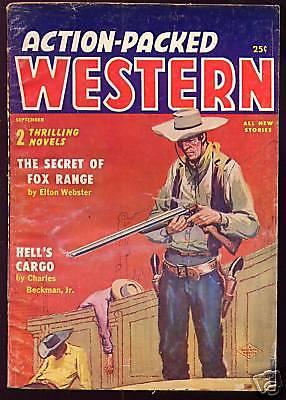
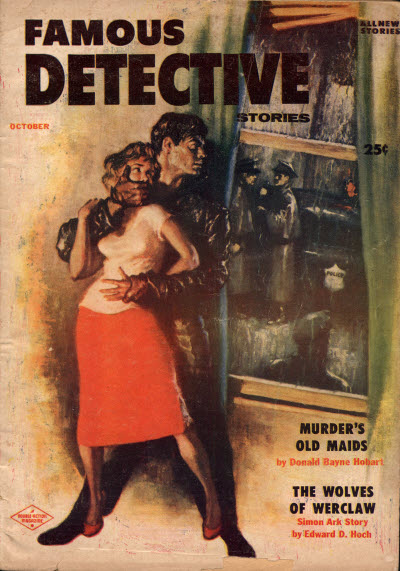
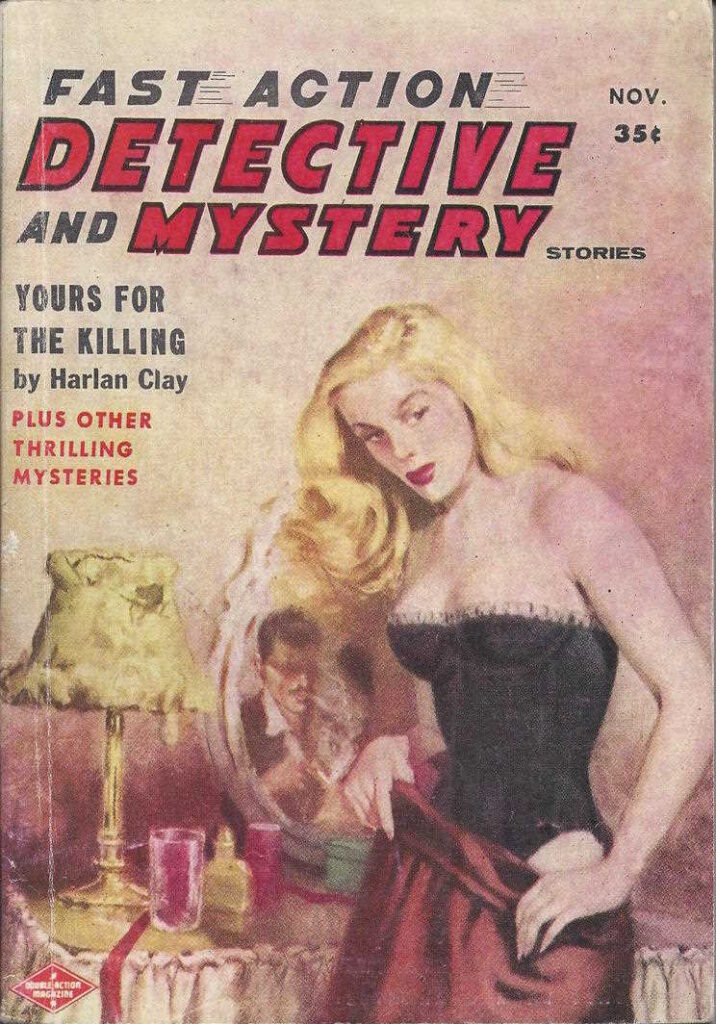
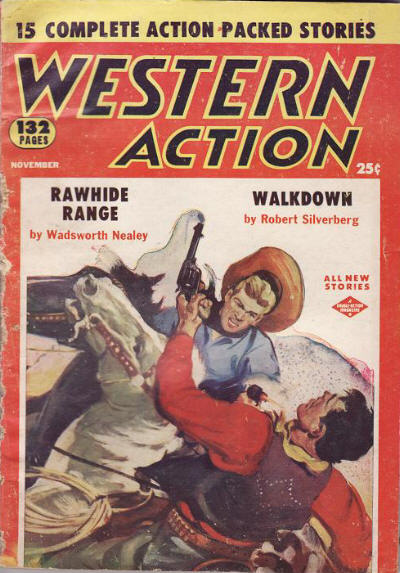
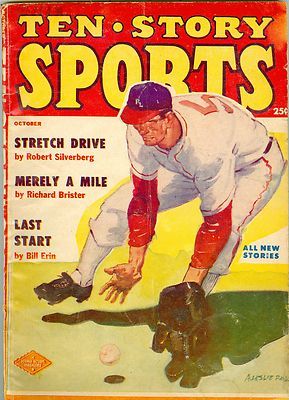
Any ulcer-ridden advertising or big-business executive with one or two deadlines to meet every month might take comfort from Lowndes’ regular working schedule which call for at least a deadline a day.
His yearly calendar demands the entire makeup and production of some 72 publications in all, for which he conscientiously tries to read all manuscripts submitted. As these magazines are all either quarterlies or bi-monthlies, deadlines necessarily overlap and the monthly breakdown accordingly requires the complete assembly of six or seven periodicals for delivery to the printer about six weeks before they hit the street.
“It’s like a giant juggling act except that you can never let the flying objects settle to the ground.” Lowndes says.
Anyone calling on Lowndes at his office here some time in the morning is apt to be surprised by the lack of tension in the atmosphere.
More than likely Lowndes will be found at this time of day, before “things start to fly apart”, studying some 20 or 30 pages of galley proof spread in clockwise fashion around his swivel chair. Puffing at a pipe, he converses easily on any one of a score of subjects related to his polyglot magazine group.
As editorial director, editor, managing editor and associate editor for Columbia Publications. Inc. which also includes technical supervision over four love story magazines, Lowndes is apt to be called to the phone frequently to supply the answers to a gamut of inquiries which range from: “What is the state of undress of the blond in room 213 in the March mystery novelette?” or “Whose single was it that brought in the winning run in the 1925 World Series?” to “Would there be week-ends on the planet Jupiter?”
Lowndes wrote science fiction stories and acted as agent for writers engaged in the field for a couple of years before he took on his assignment with Columbia 14 years ago. Asked what he thought of flying saucers, Lowndes scoffed: “Don’t believe in them—according to the facts, they just couldn’t possibly exist.”
Though his Western parlance may have been acquired second hand, Lowndes brings a vast storehouse of knowledge to the mystery sphere. Here his devotion to Sherlock Holmes, Agatha Christie, Nero Wolfe and John Dickson Carr, in that order, pays off handsomely. Few discrepancies in a crime story ever elude him. In the top drawer of his desk he keeps, for ready reference. “The Chronological Holmes” by William Baring-Gould. and every movement of the master sleuth is well known to him.
“What are some good tips for those who wish to get started in the pulp writing field?”
“Characterization,” Lowndes said, “is all-important We have far too little of that these days. Originality of plot structure and good clear prose are always essential. It is a good idea to know the needs of the magazine you are going to write for, and you should obey the rules. But, of course, there is always the unpredictable case of the writer who sticks to being himself and manages to reach the feature highlight of the next quarterly.”
So much for the writer’s problems. What of the editor’s?
“After turning down what the editor believes is a good story because he feels it violates certain rigid technical standards…he discovers that same story cops the front page of a rival magazine and everyone is struggling for serial rights. The rest is silence.”
This article originally appeared in the Fort Worth Star-Telegram, Sep 24, 1956
Hello!
It looks like you are one of the few Sarath Kumar Ghosh experts on the Internet.
At the moment, “1001 Indian nights” is a rarity and from the available
data I cannot understand whether it is a novel or a collection of
short stories.
Please enlighten me on this matter
I will be grateful to you for the information, regards Alex
Hi,
What is your interest in Sarath Ghosh? I can guide you to the right resources if I know where you’re coming from.
Even in 1956 that was a really old photo. I met “Doc” Lowndes when I was in New York in the early-mid 1960s. It was a wonderful experience. I was a regular buyer & reader (don’t think I had enough a fixed address to subscribe) of Magazine of Horror first, and then Startling Mystery Stories and later all of his done with the Health Science publishers. I just dropped in at his office (cubbyhole, really) and he was kind enough to sit and talk with me a while, until business called him back. He was smoking, had a visor on his forehead as I recall, and the whole place, completely anonymous from the street, was the antithesis of glamor, but I was spellbound the whole time. Still remember it, although what we talked about, what he said to me, I have no idea.